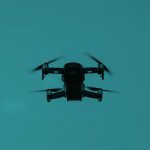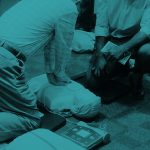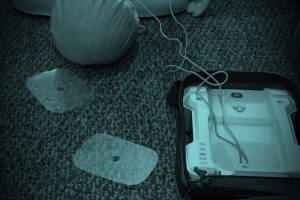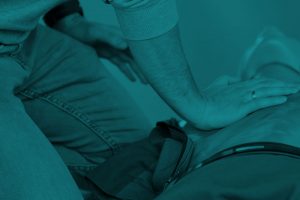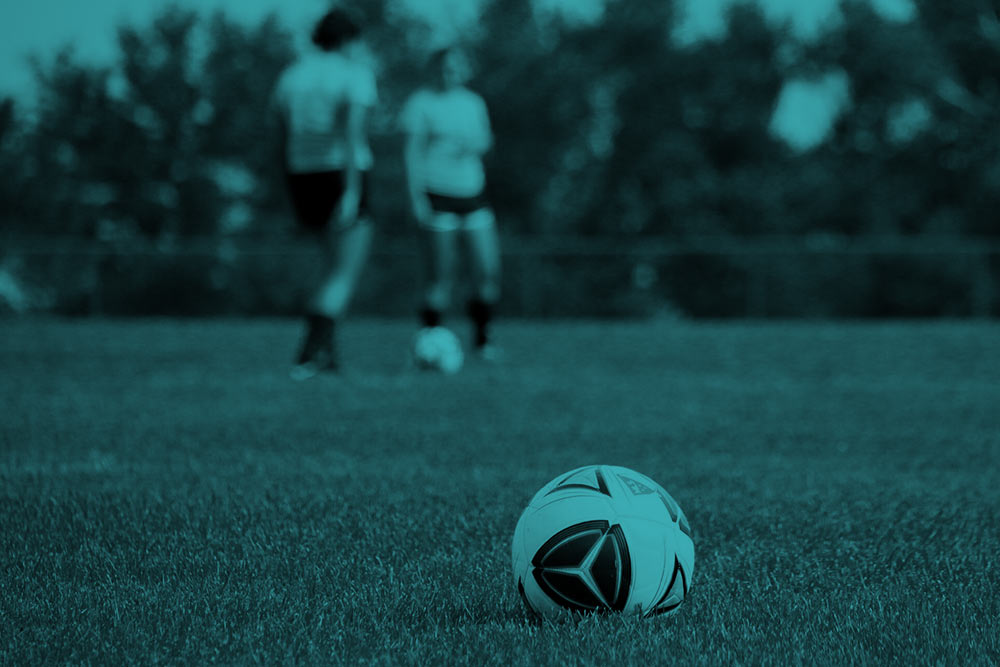
Sudden cardiac arrest (SCA) in young athletes is rare, with an estimated incidence ranging from 0.1 to 2 per 100,000 per athlete year. The creation of SCA registries can help provide accurate data regarding incidence, treatment, and outcomes and help implement primary or secondary prevention strategies that could change the course of these events.
Early cardiopulmonary resuscitation (CPR) and defibrillation are the most important determinants of survival and neurological prognosis in individuals who suffer from SCA. Compared with the general population, individuals with clinically silent cardiac disease who practice regular physical exercise are at increased risk of SCA events. While the implementation of national preparticipation screening has been largely debated, with no current consensus, the number of athletes who will be diagnosed with cardiac disease and have an indication for implantable defibrillator cardioverter defibrillator (ICD) is unknown. Many victims of SCA do not have a previous cardiac diagnosis.
Therefore, the appropriate use and availability of automated external defibrillators (AEDs) in public spaces is the crucial part of the integrated response to prevent these fatalities both for participating athletes and for spectators. Governments and sports institutions should invest and educate members of the public, security, and healthcare professionals in immediate initiation of CPR and early AED use. Smartphone apps could play an integral part to allow bystanders to alert the emergency services and CPR trained responders and locate and utilize the nearest AED to positively influence the outcomes by strengthening the chain of survival. This review aims to summarize the available evidence on sudden cardiac death prevention among young athletes and to provide some guidance on strategies that can be implemented by governments and on the novel tools that can help save these lives.

